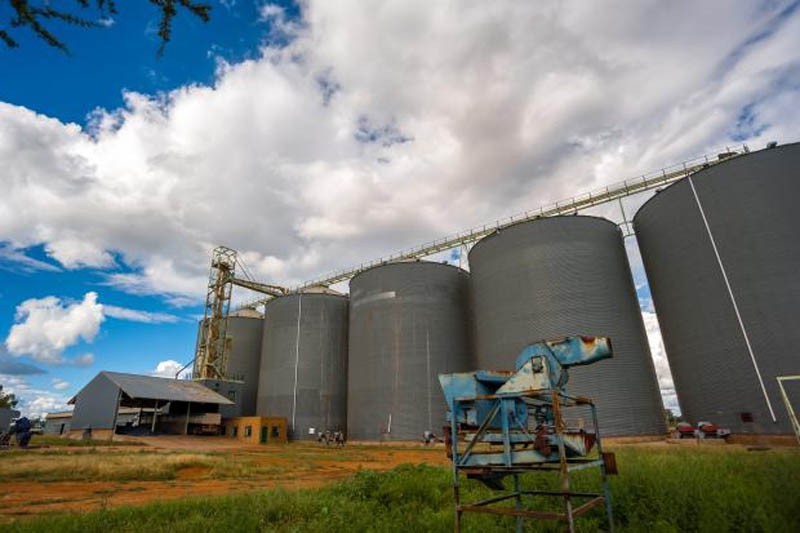Local silos bursting despite growing drought
Mbongeni Mguni | Friday March 27, 2015 16:35


With preliminary local, regional and national studies pointing to the near certainty of a drought this year, particularly in the southern parts of the country, questions have arisen about the country’s food security.
The last time a drought was declared in 2013, the country was forced to import maize after local reserves ran out. For 2015, the option of importing from South Africa will be limited because that country also suffered low rainfall and heat conditions during the cropping season and consequently expects to have to import.
Local authorities, however, believe they are well prepared for any eventuality and have also been keeping an ear to the ground in the ‘unlikely’ event that imports of any of the major grains becomes necessary.
“In terms of food security, we are more than good. In fact, we have never been better than this year because of the bumper harvest we had last year,” says Botswana Agricultural Marketing Board (BAMB) CEO, Edison Wotho.
Through three countrywide silos and numerous warehouses, the BAMB manages the country’s Strategic Grain Reserve, essentially the national food basket which if empty, points to food insecurity or famine.
That basket, Wotho says, is replete. At minimum, the BAMB is required to keep 10,000 metric tonnes of sorghum, 10,000 metric tonnes of maize and 2,000 metric tonnes of beans.
At the brim, the parastatal may have 30,000 metric tonnes of sorghum, 30,000 metric tonnes of maize and 10,000 metric tonnes of beans.
“By this week, we had 30,000 tonnes of sorghum, 10,000 tonnes of maize and 3,000 tonnes of beans,” he explains.
“There’s no panic; our staple is sorghum and it is plenty.”
At present, the BAMB is scouring the country assessing the tonnages farmers will be able to deliver, with traditional powerhouse, Pandamatenga, expected to again weigh in well. Wotho already expects 40,000 metric tonnes of sorghum and cowpeas from Pandamatenga alone, a record in itself.
The CEO says he has already received positive indications on maize from farmers in the Pitsane Molopo area, besides his usual happy hunting grounds elsewhere in the country.
Wotho has also sent feelers out in case maize imports will become necessary. Malawi and more likely, Zambia, are the emerging sources and the Board is sounding out prices differentials between the two countries.
The food security situation is a small ray of sunlight on an otherwise bleak picture painted for the cropping season this year.
A Famine Early Warning System Network report issued this week noted dryness across much of Botswana as well as below-average rainfall for the month. “Drier than average conditions have persisted in Southern Africa as rainfall has already declined over many areas,” the report states.
“Since late December, a sharp reduction in rainfall has led to mid-season dryness across southern Angola, western Zambia, northern Namibia and Gantsi and Ngamiland districts in Botswana.
“Poorly distributed rainfall since January has resulted in abnormal dryness in southern Zimbabwe, southern Mozambique, south-eastern Botswana and Free State, North West and KwaZulu.” The bursting silos, coupled with Botswana’s purchasing power and sound social safety nets, mean the famine’s early warning system will be unnecessary for Batswana this year.
